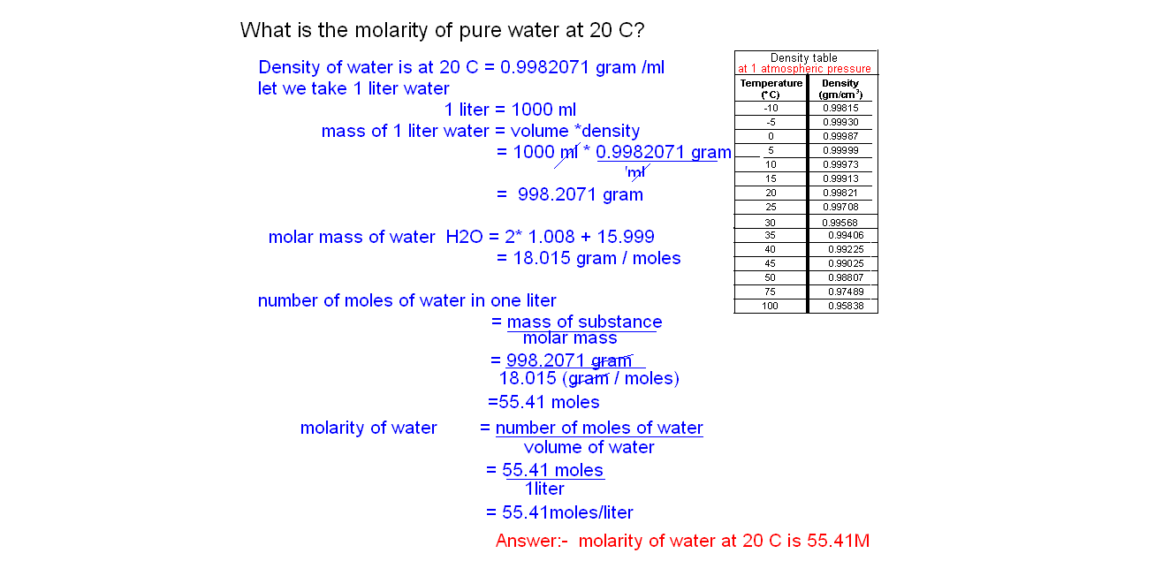Scientists appreciate the concept of the mole and molar mass because it forms the foundation on which their experiments and discoveries are based on.
It all starts with the chemical changes that occur when billions of atoms are rearranged to form different molecules and compounds. It is very impossible to count the atoms or visualize them practically, but scientists had to find a way to quantify them, else they wouldn’t have any base to stake their discoveries.
They discovered a way they can get the weight of substances and relate them to numbers that they can see, observe, measure, and quantify. This is how the mole was developed.
This discovery has been a very essential one in quantitative chemistry.
Now that we know how the mole was discovered, let’s look at Avogadro’s number, shall we?
Avogadro’s number
Amadeo Avogadro developed the Avogadro’s number as an atomic scale that relates physical mass to molar mass.
This number is defined as the number of molecules, compounds, atoms, or any other elementary particle for every mole of a substance. The number is 6.02 x 1023 and its symbol is NA .
Now, let’s look at the mole.
What is the Mole?
The abbreviated form of the mole is mol, and it is the SI quantity measure of a chemical entity, such as protons, atoms, and electrons. A mole is the amount of substance that consists of many particles as atoms in 12 grams of carbon-12 are.
Therefore, one mole consists of 6.02 x 1023 elementary entities of that substance.
The relationship between atoms and moles can be defined by Avogadro’s number. Typically, the Avogadro’s number doesn’t have a dimensional unit but assumes the unit of the elementary particle it is describing.
Therefore, it is safe to say that 6.022 x 1023 serves as a conversion factor between the number of moles and the number of entities.
Calculating molar mass
Molar mass is defined as the mass of a substance divided by the amount. It is measured in g/mol. If you want to calculate the molar mass of a compound, all you have to do is to add the atomic masses of the individual atoms.
For instance, you can find the molar mass of sodium chloride (NaCl), you have to find the atomic masses of the individual atoms, which in this case are sodium and chlorine. The atomic masses of sodium and chlorine are 22.99 g/mol and 35.45 g/mol respectively.
The final answer is 58.44 g/mol.
Why do you have to go through this stress when you can use a molar mass calculator?
Most people haven’t begun to appreciate the effectiveness of a molar mass calculator.
Inventions are there to aid us. This is why molar mass calculators are designed to help us with basic calculations. They are precise, accurate, and timely.
Conclusion
The understanding of Molar Mass and Avogadro’s number has been very essential in chemistry. This is why the molar mass calculator was created to ease scientists of the stress of having to do the calculations themselves.

